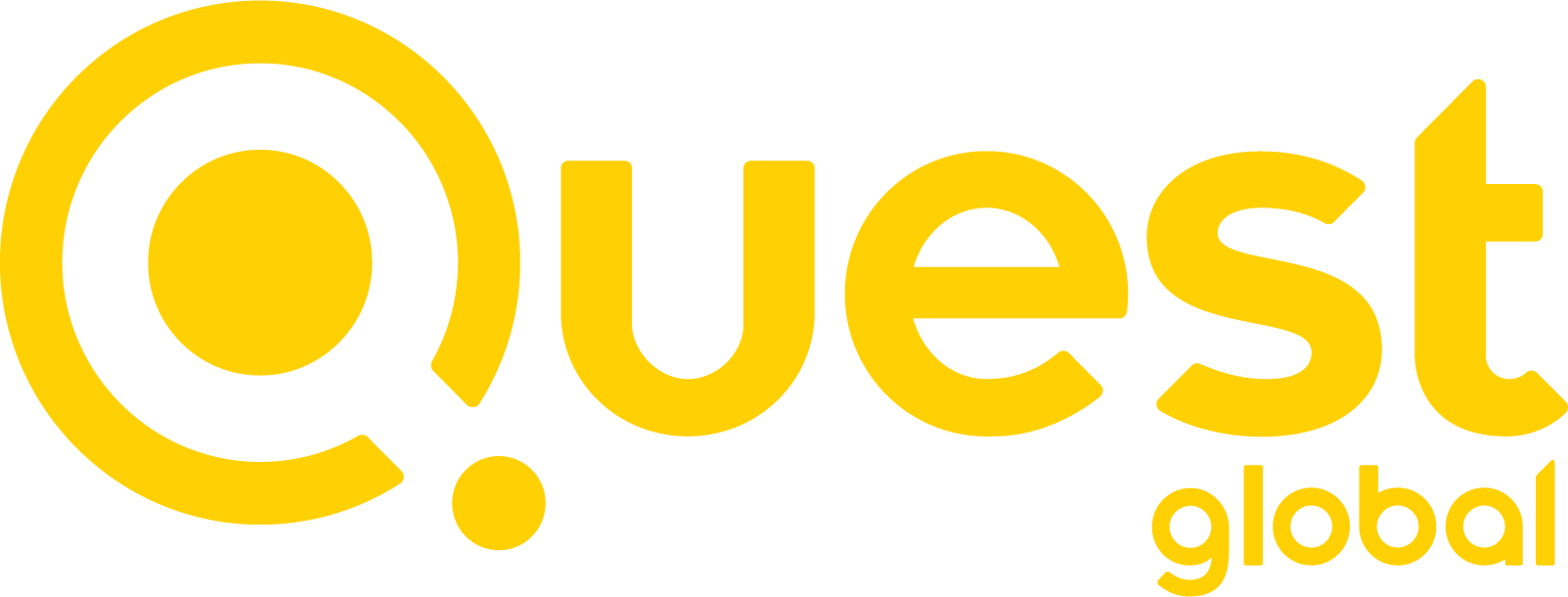Internet of Things (IoT) has been gaining lot of attention, speculation, discussions and even prediction off late. IoT as service has been growing steadily over the years 2015 and 2016 and is going to keep up the pace through 2020. A report by Gartner confirms that there will be a whopping 20.8 billion growth in the IoT market by the year 2020, while another report by Cisco estimates it to be over 50 billion that includes infrastructure, retail and healthcare, etc. A pretty conservative estimate can conclude that IoT is likely to grow about 30% each year. This also means engineering service providers need to scale up their service offerings to meet the growing technical needs by building mature models and frameworks that can bring maximum value to the customers without much risk or disruption.
To think about it, IoT providers need to step up without much procrastination if they need to stay in the competition and to meet the market mid-way.
Key Capabilities Required for the Success of IoT
- Defined Approach to Solution Design – Following a defined approach to designing solutions that fit varied needs is highly critical for companies that offer IoT consulting. For those into IoT for industrial and enterprise customers, it becomes more crucial than ever. The need is to provide a highly scalable, robust and targeted IoT solution that has a clear road map fitting well with the customer requirements. Be it upgrading or optimizing the existing hardware or infrastructure, standards, protocols and cloud framework, the IoT providers need to gather the best possible solution which can answer most crucial questions. Looking at aspects like detailed analysis, of factors that impact number of connected devices, the various gateways, or the internet or the type and range of connectivity needed, the many security essentials as well as information storage, application design and better collaboration of people and processes, IoT providers should be able to create a highly precise solutions. Such plans required a through design documentation that can help enhance existing or in progress IoT projects with ample value adds to create the most feasible solution.
- Integration Across Technologies and Businesses – When it comes to a connected office environment for an IoT laced workspace, there are possibly a thousand sensors and endpoints that carry out a diverse a range of functions like controlling the lighting systems, keeping track of temperature, looping in various work systems, machines and security systems, and other such aspects to ensure healthy and safe working conditions. These devices come with different protocols like Bluetooth, Wi-Fi, ZigBee, Z-Wave and more in either hardware or software formats and it is essential for an IoT provider to create a clear connection with all of these devices to ensure that information is not siloed and are easily accessible and usable. This gap is filled with system integrators that enable a connection between multiple devices, platforms, back-end systems etc. And there are system integrators that connect IoT gateways that perform critical functions that provide protocol translation, data monitoring, data filtering as well as data processing, creating security alerts, managing notification, etc. This kind of integration of data further helps automating a wide group of enterprise and industrial operations, processes and functions that allow predicting machine downtime and help in managing assets, monitoring mechanical parts, etc.
- Analytics – The third key aspect is that the IoT vendors as well as the service providers are equipped to offer various complex analytics that help aggregating data from various connected devices. Not just that there is a greater need to provide flexible actionable insights that can be derived on the basis of those analytics for periodic reporting. There is a growing need for real-time reporting and updating system that makes it easy to handle machine failures and escalations. IoT analytics holds the key to core enterprise functions such as predictive maintenance, status monitoring in real-time scenarios, keeping inventory and managing processes.
- Security – There is big threat to IoT in terms of security of the user and the devices. There is a need to create a highly robust and capable system to cope with security breaches when it comes to connecting devices, networks as well as the cloud. Essentially, there is a need for a higher level of authentication requires to rope in connected devices and create data encryption options to keep IoT systems and platforms safe from unwanted hacks or breaches. With the growth in IoT the need to create mutual authentication systems that keep every device and every user safe is a must. IoT providers need to pay attention to every loophole and make sure there isn’t any scope for malicious hacks.
- Service – When it comes to a niche technology, service becomes highly essential. Since most enterprises will look at the best service provider with a higher client satisfaction rate when thinking about bringing in a new concept to the play. IoT service providers will have to assure quick and complete service responsiveness to ensure a through deployment of IoT solutions. To do better justice to providing remote monitoring, agent login and remote asset management to ensure troubleshooting of workforce problems, IoT providers need to scale-up on-site personnel.
To sum up, it is highly crucial to bridge the gap between the physical and digital worlds, IoT solutions providers need to deliver strategic and targeted differentiation that create a smooth transition to better device management and control. This, in turn, will create new frontiers and new opportunities to provide a better living and working condition for the human workforce.




